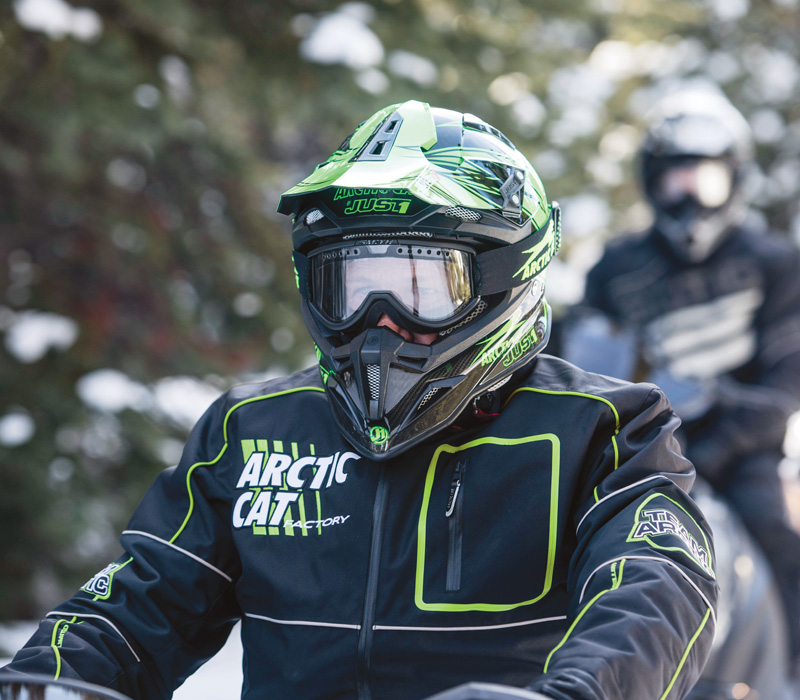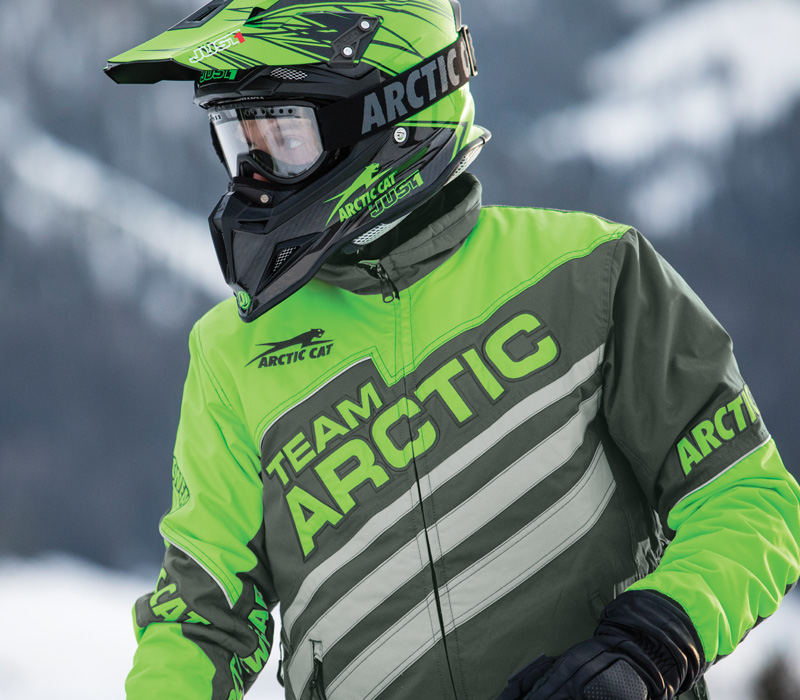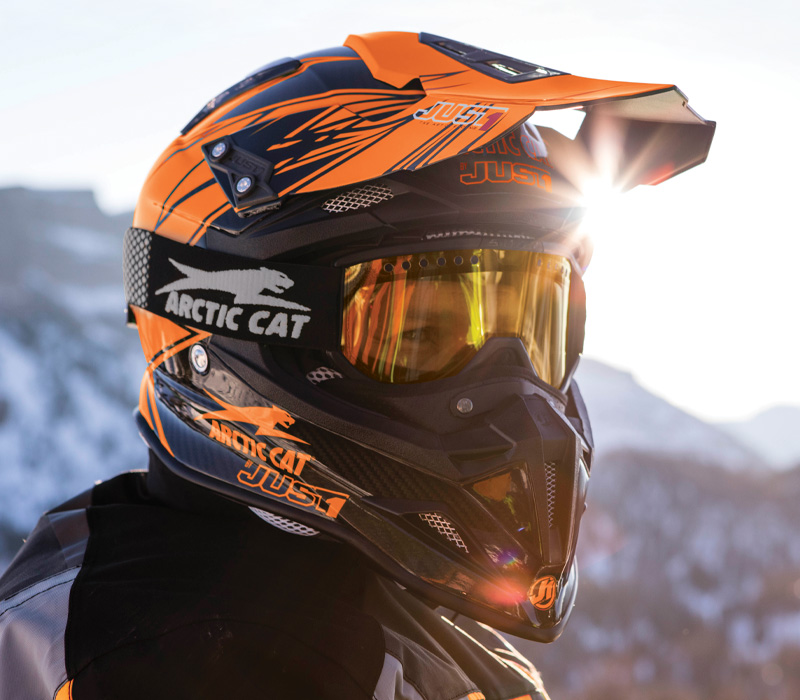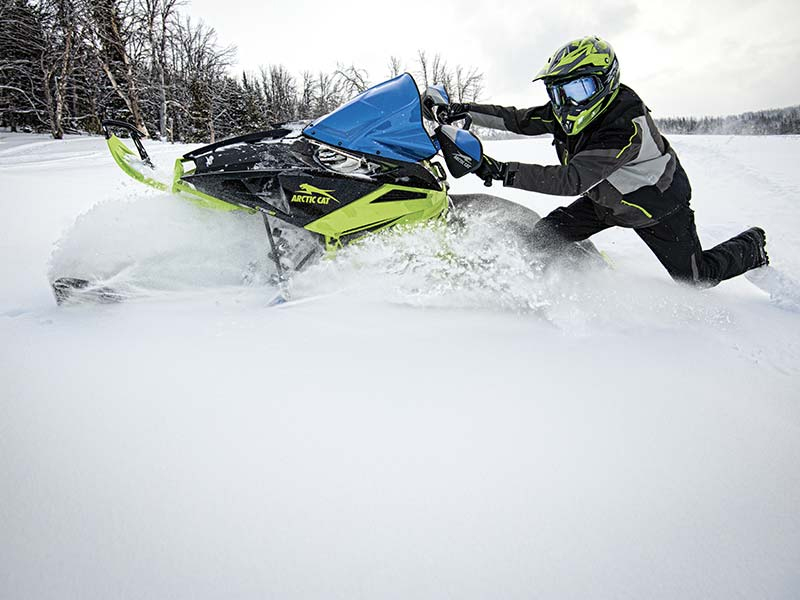Goggles serve a critical role for outdoor enthusiasts regarding both their safety and comfort.

Goggles keep your eyes protected from ice/snow and help to protect your upper face from windburn. They also improve your eyesight by eliminating or mitigating contact with the Sun's harsh UVB rays and snow glare while riding. Because they serve such an essential function, you must find a quality pair and understand how to wear them properly.
Working in our industry, one of the most preventable issues that we hear the most is the complaint about goggles fogging.
We completely understand that dealing with goggles constantly fogging is a hassle that you don’t want to deal with ever, especially when trying to enjoy a gnarly day on the trails. Still, ironically, many people are exasperated by something that has a few simple fixes. You don’t have to deal with the annoyance of fogging glasses as a part of the sport.
Keep reading a detailed list of tips on how to keep your goggles from fogging.
Make Sure Your Goggles Fit Properly
When the inside of your goggles fog, this is the direct result of warm, moist air entering and coming into contact with the cold surface of your goggle lenses, creating unwanted condensation.

If you want to know how to keep your goggles from fogging, you need to first make sure that your goggles fit correctly. The quickest way to form condensation on the inside of your goggles is through your body heat.
First, check the band of your goggles to make sure it fits snuggly around your head. It shouldn't feel uncomfortably tight, but it should also not feel loose. Next, make sure that your goggles’ foam lining is thicker than your helmet padding to further prevent air from seeping inside the mask.
Arctic Cat's women's goggles and men's goggles are a perfect selection for those looking for google looking goggles that fit perfectly, have optimal durability and functionality!
Don't forget to check out our best seller in various colors: AUTHORITY GOGGLE

We know that this seems pretty straightforward, but you would be surprised at how many riders are wearing slippery or inappropriate eyewear.
Avoid Taking Your Goggles Completely Off
When you aren’t riding, avoid taking your goggles off unless you take off your entire helmet. However, if you do have to take them off, never rest your goggles on top of your head, hang them from your neck or dangle them from your snowmobile’s handlebars.

While perched atop your head, they will be absorbing the body heat radiating from your head and will quickly fog. If you can’t resist the temptation to take your goggles off, store them in a dry place like under the snowmobile's hood or in a hard case instead.

If your vision becomes impaired while you are riding, you can remove them (with your helmet) and shake them to increase airflow before placing them back on.
Leave Room Between Your Balaclava & Goggles
Avoid tucking your face mask or balaclava underneath the bottom of your goggles. While tucking the fabrics feels more comfortable on days where the air temperature is particularly cold, this is a sure way to fog your goggles instantly. By tucking your balaclava into your goggles, you are essentially allowing all of your warm/moist breath inside the goggles. Water droplets will form inside the lenses, and you will be blind before you know it.

Instead, always leave a slight separation between your goggles and your balaclava.
Leaving your nose exposed will allow your breath will be directed outwards instead of into the goggle lens, thus preventing a colossal vision problem down the trail.
Check The Vents For Moisture Often
Directing the heat from your body away from your goggles is the ultimate means to anti-fogging. Aside from making sure your goggles fit correctly, leaving a gap between your balaclava and your mask, and keeping your goggles on, you will also need to make sure you are periodically checking the vents for snow or moisture.
The likelihood of the vents becoming blocked is unlikely on lighter days. However, it can happen more frequently if you are backcountry snowmobiling or in deep powder. When the vents in your goggles become blocked, this can lead to a blockage that will prevent air from flowing through the goggles.
This traps the warm air and moisture inside. Gently wipe any excess snow, ice, or water from the vents until they are clear.
Note that not all goggles are created equal. It would help if you looked for goggles that come with some ventilation system.
Buy goggles with up-to-date venting technology. Don’t forget to take a look at the size and shape of the vents. Proper venting is critical to maintaining the balance of moisture in your goggles.
Arctic Cat Goggles are engineered to be anti-fog, rugged, good-looking, and highly functional.
Keep it Moving
Out of all the tips, this particular one goes hand in hand with tip #3. For the vents on your goggles to work correctly, you will need to stay in motion as much as possible while riding. Most ventilation technology works by pushing cool air into the goggles and warm air out. This airflow is essential to maintain the balance of moisture in your goggles.

Frequent stops can also lead to a temperate change and will only contribute further to the issue of water droplets on your lenses. Keep it moving and allow the air to flow continuously.
Carry a soft microfiber cloth
Unlike swim goggles, you should never spit on the inside of your lenses, nor should you use baby shampoo to layer onto the lens. There are anti-fog coating products explicitly created for winter goggles. Before a trip, try coating your lens generous with the anti-fog product.
However, if you are on a trail and need to wipe your goggles, avoid using an article of clothing like your gloves or touching the lens with your fingers; instead, use a soft microfiber cloth or microfiber cloth.

Try to keep this item on hand and accessible. Never wipe your goggles with a wet lens terrible as it will only worsen the fogging issue.
As a rule of thumb, to protect your goggles, wipe them as little as possible.
Sometimes, regardless of your preparation, goggles fog, and you are stuck with impaired vision while out on a trail. Things like this can happen no matter how well prepared you are! Go ahead and mitigate this potential risk by simply packing an extra pair. Be ready with additional items because nine times out of 10, you will be dealing with inclement or extreme weather that merely isn't predictable.
We hope that you find this post helpful. Feel free to reach out if you need an answer to any additional questions you may have. Catch you on the trails.

